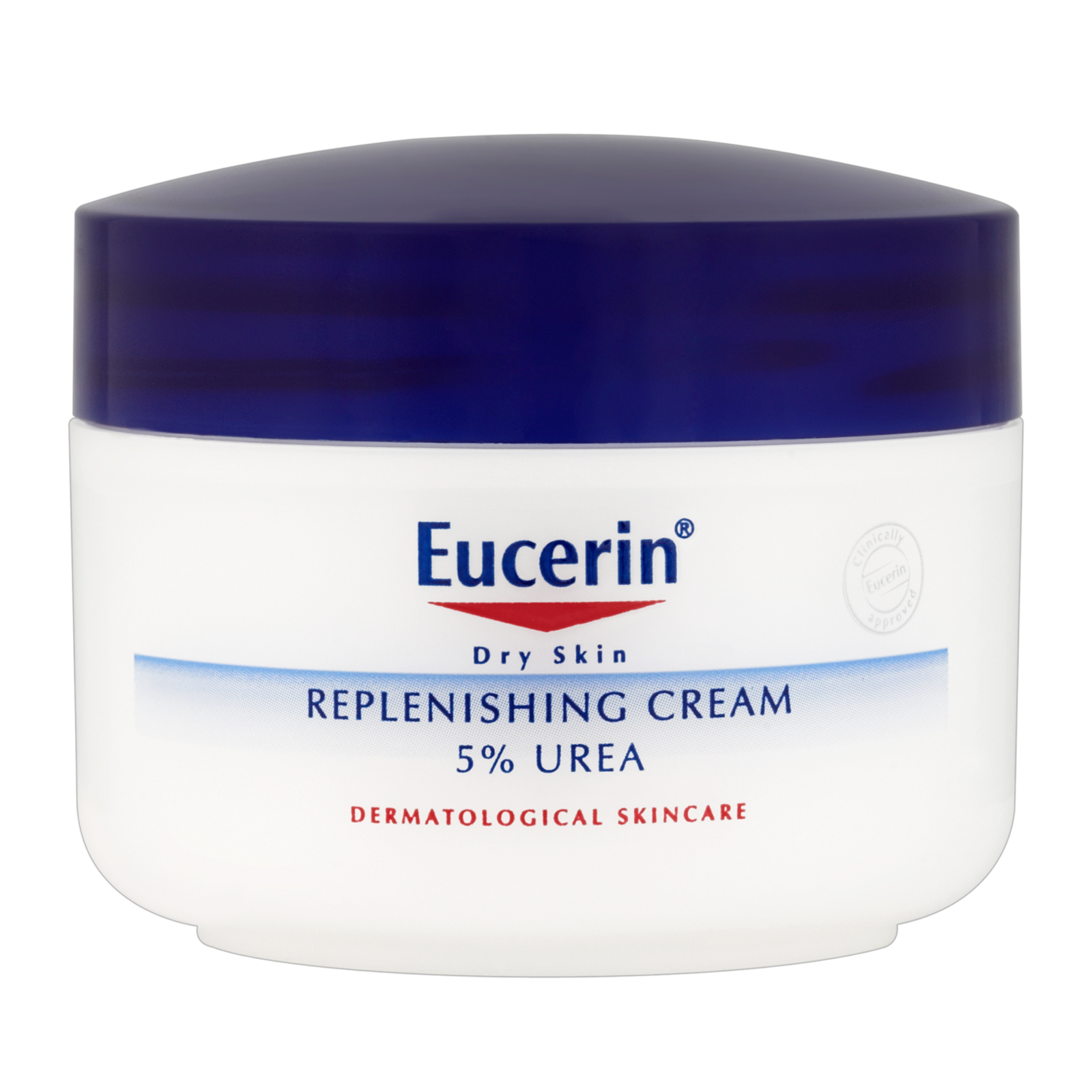If you think Korea's snail slime skin care fad is yucky, wait until you find out what some of your beauty products contain!
#1 Urea
AKA: Hydroxyethyl
Urea is a substance excreted in urine, but don’t freak out just yet. The urea commonly used in skin care products does not come from someone’s urinary tract. Instead, it is produced in a lab, and possesses a natural quality that helps to rehydrate skin.

#2 Bone Marrow
AKA: Glucosamine
Some face creams and moisturisers contain Glucosamine, a substance that carries anti-inflammatory properties and is known to nourish the skin. While it can be found in shellfish and is sometimes created in laboratories, skin care brands often get their source of Glucosamine from chicken bone marrow.

#3 Foreskin
AKA: Human Fibroblast Conditioned Media
SkinMedica is known for using skin cells from foreskin in its anti-aging creams. The ingredient is said to enhance the production of collagen, which reduces wrinkles. However, fear not. The brand is not going around collecting foreskin from circumcisions. Instead, its cells are cultivated from a foreskin sample.

#4 Beetles
AKA: Carmine
If you’ve ever worn red lipstick, chances are, you’ve unknowingly applied crushed beetles onto your lips. The Cochineal beetle is a chemical-free and popular source of natural red dye. To obtain the colour, makeup manufacturers would soak the insects in hot water, dry and then crush them into powder.

#5 Placenta
AKA: Placental Extract
One of the answers to firmer skin and healthier hair lies in placenta. Packed with proteins and enzymes, the organ is a trendy face mask and cream ingredient in Asia. The source for placental extract used in skin care brands range from sheep and cow to plants and humans!

#6 Fish Scales
AKA: Guanine
What do your shiny nail polish, eye shadow and body lotion have in common? Crushed fish scales. While it may sound off-putting, fish scales are natural and non-toxic. Their ability to reflect light makes them a go-to ingredient for creating shimmery beauty products.

#7 Whale Vomit
AKA: Ambergris
That super fancy expensive perfume sitting on your vanity table may have barf in it. Known as ambergris, it is basically a regurgitated mass of indigestible food items that have been causing blockage in a sperm whale’s intestines. Ambergris is highly sought after for its ability to help scent adhere to skin.

#8 Sheep Oil
AKA: Lanolin
The oil produced by sheep wool—lanolin—is good for your skin. Credited for its ability to moisturise, reduce chapping and enhance the smoothness of one’s skin, the ingredient is a popular choice in lip balm, body butter and lotion.

#9 Salmon Hatchery Water
AKA: Aquabeautine XL
When a salmon is ready to hatch from its egg, it releases an enzyme that dissolves the egg shell, allowing it to get out. This enzyme, which is capable of exfoliating dead skin cells without harming live cells, helps prevent wrinkles and is the signature ingredient in anti-aging skin care brand, Restorsea.







